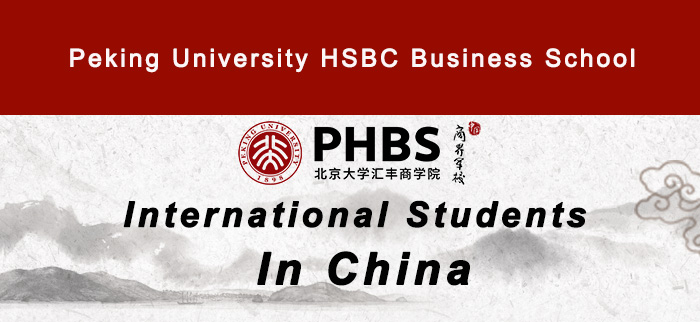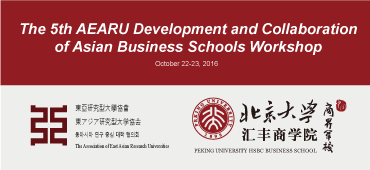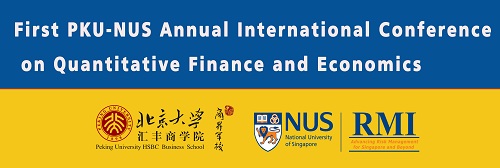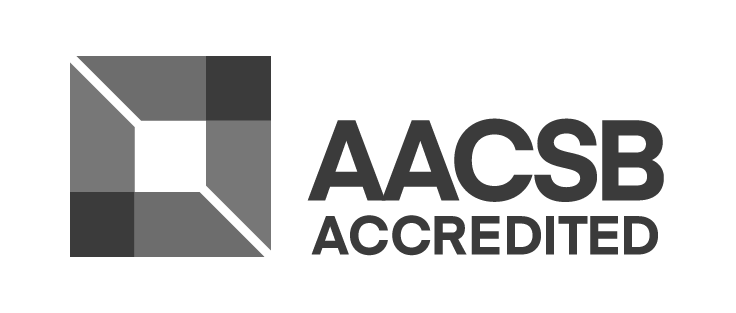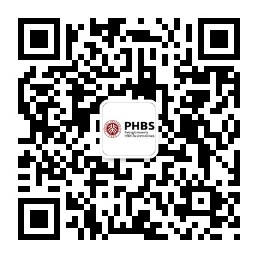PHBS International Students Visit Shenzhen Stock Exchange
Time:2019-03-28 10:03:46
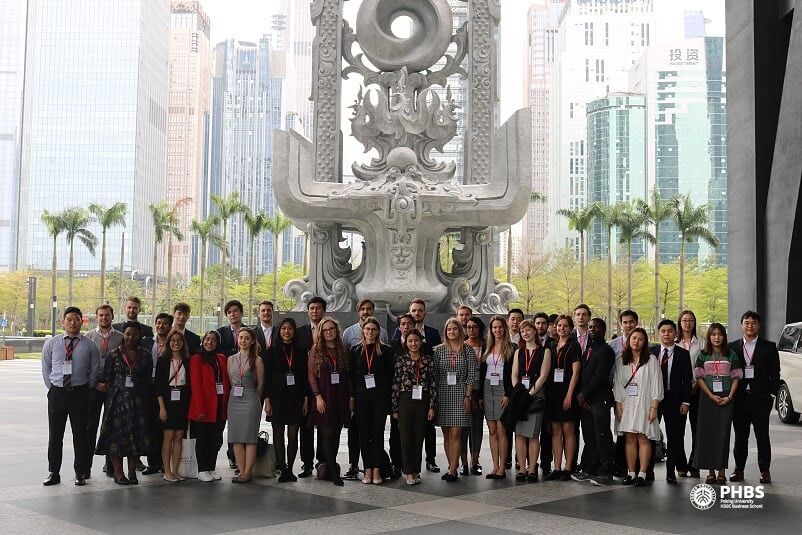
PHBS students of China Studies Course
On March 13, PHBS students visited Shenzhen Stock Exchange, which was established in December 1990 in the Futian district of Shenzhen. It is a self-regulated legal entity under the supervision of the China securities regulatory commission. Based on market capitalization, it is the eighth largest stock exchange in the world and the fourth largest in Asia. There are more than 1,700 companies listed on the SZSE across 3 boards: the main board, the SME board (consisting mainly of manufacturing companies) and the ChiNext (NASDAQ-style board for innovative and fast-growing enterprises, in particular tech start-ups). Besides its function as a stock exchange, the SZSE participates in strategic projects such as RMB internationalization, opening-up of capital markets and also promotes cross-border financial services, including ties with Hong Kong. It is currently aligning its listing rules and international disclosure system with the global best practices. This will facilitate the inclusion of SZSE indices in international benchmarks.
The first part of the visit started with a presentation by Ms Jessica Zhang, along with two other experts from International department. The presentation covered several topics, such as introduction to Chinese capital market and its institutional structure, overview of products traded on SZSE, educational programmes and investor relations management system.
The session further focused on the Chinese capital market that is overseen by the China securities regulatory commission. Under its supervision, there are several important institutions such as Shenzhen and Shanghai Stock Exchanges, China Securities Depository and Clearing, China Financial Futures Exchange, Shanghai Futures Exchange, Dalian Commodity Exchange and Zhengzhou Commodity Exchange. They together provide key infrastructure for Chinese multi-tier capital market.
The session further focused on the Chinese capital market that is overseen by the China securities regulatory commission. Under its supervision, there are several important institutions such as Shenzhen and Shanghai Stock Exchanges, China Securities Depository and Clearing, China Financial Futures Exchange, Shanghai Futures Exchange, Dalian Commodity Exchange and Zhengzhou Commodity Exchange. They together provide key infrastructure for Chinese multi-tier capital market.
SZSE is dominated by private enterprises with 78% of non-state owned listed companies along with 72% of the companies in tech industry. The most important indices are Shenzhen component index - for benchmarks, Shenzhen 100 index - blue chip index, 100 biggest companies and ChiNext - new economy.
Since 55% of the shares are in hands of retail investors, SZSE focuses on providing infrastructure for investor relations management. Investor 365 program consists of three online platforms and six channels of communication and provides five key functions. SZSE also provides educational programmes such as courses on corporate governance for non-listed companies and compulsory training for executives from listed enterprises.
When it comes to the regulatory function, SZSE uses big data based market surveillance system. Due to Shenzhen – Hong Kong Stock connect, foreign investors can have access to mainland China capital market without a license from QFII programme. SZSE has 46 overseas partners and maintains close cooperation with Pakistan SE and Bangladesh SE – the two countries involved in the belt and road initiative. The presentation was followed by a Q&A session where the students asked about the future plans to allow foreign investors to access Chinese capital market more freely, to make RMB a global currency and to assure market stability in case of international turmoil.


Students visit the financial museum
The museum has been divided in two parts. The first part provides a general information on global and Chinese capital market whereas the second part focuses on the history of SZSE. The exhibition concerning the capital market was divided into four parts corresponding to four eras of human history. The exhibition focused on how innovations in financial system were related to the development of mankind. The first era involved primitive real capital wherein barter was the sole form of trade and people used cattle or other rare objects to exchange goods. Gradually, precious metals were also introduced as medium of exchange.
The second era, i.e., sailing era, was closely related to international trade, especially merchant vessels cruises. In this era, the first stock exchange was established in Amsterdam. The third era, i.e., industrial era, was linked to the foundation of modern day banks such as Bank of England and was also concerned with the establishment of many shareholder companies. The last era, which is also the current era, is the time of science and technology. The symbolic begging of this era took place in 1971 with establishment of NASDAQ, i.e., special board dedicated to start-ups with high growth potential, operating in emerging sectors.
The experts further talked about the foundation of the first shareholder company in late Qing dynasty. Enterprises with shareholder structure usually operated in trade or heavy industry sectors like steam ships construction, mining, railway, etc. The museum also focused on three generations of bells used during the IPO ceremony as well as old equipment used by traders in the 20th century.
The students also got a chance to visit the 46th floor to click photos where they experienced a mesmerizing view of the Futian district of Shenzhen. The students were curious to know more about the stock exchange and the experts from SZSE helped the students to increase their knowledge through the valuable inputs.
The students also got a chance to visit the 46th floor to click photos where they experienced a mesmerizing view of the Futian district of Shenzhen. The students were curious to know more about the stock exchange and the experts from SZSE helped the students to increase their knowledge through the valuable inputs.
By Eshita Gulaiya (India)
Photo: Eshita Gulaiya and Nicolas Laer (Switzerland)
Popular Articles
-
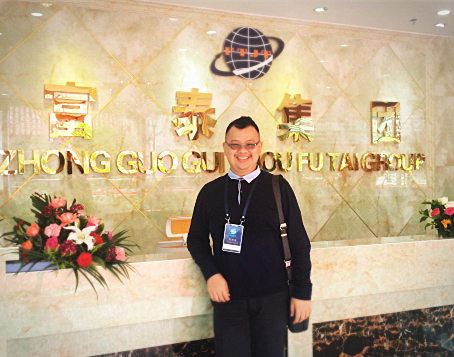 International Student Profile: Kevin Kurnia
International Student Profile: Kevin KurniaOct 12 2017
-
 Start your application to join PHBS!
Start your application to join PHBS!Sep 18 2018
-
 PHBS Opening a Campus in UK: Se...
PHBS Opening a Campus in UK: Se...Feb 22 2017
Latest News
-
PHBS Holds 2019 Asia Tri-lateral...
Time:Oct 21 2019
-
Combining Educational Adventures and Crossing Cultures
Time:Oct 15 2019
-
The Next Phase of China’s Reform and Opening Up
Time:Oct 09 2019
Campus Events



